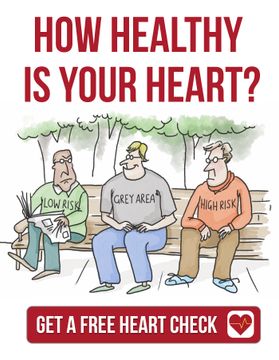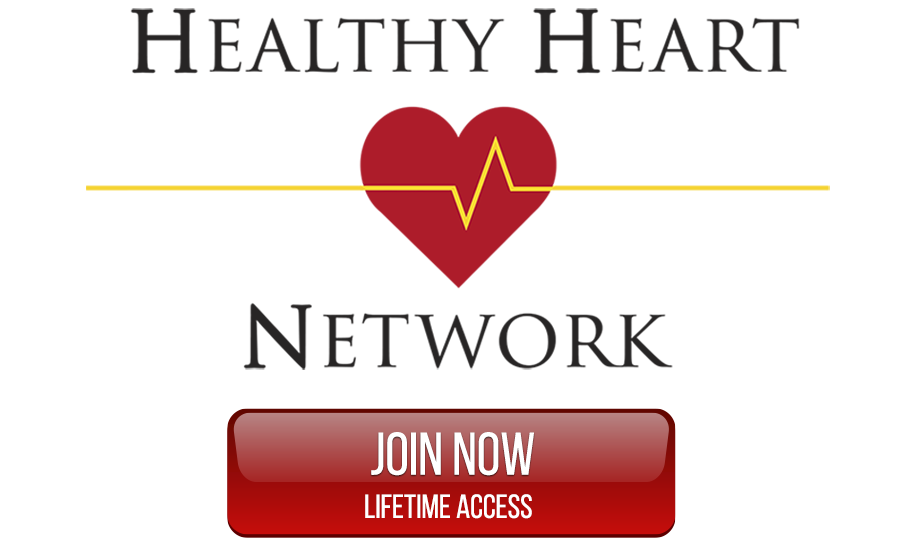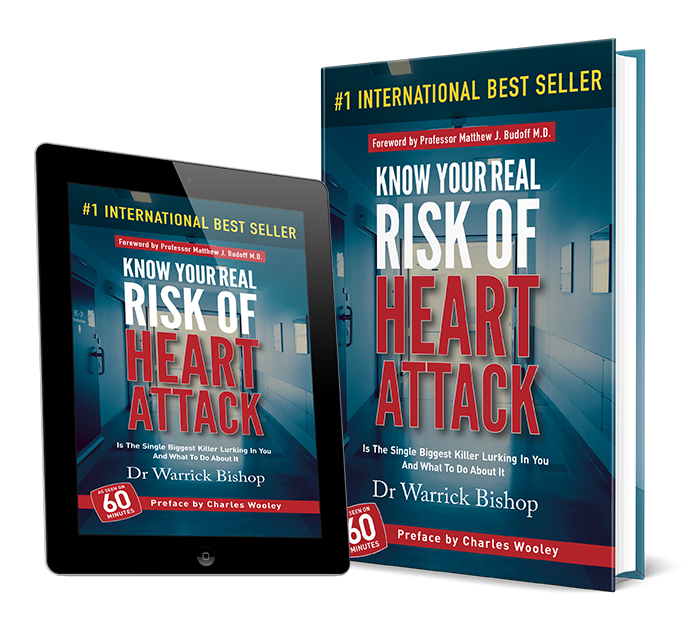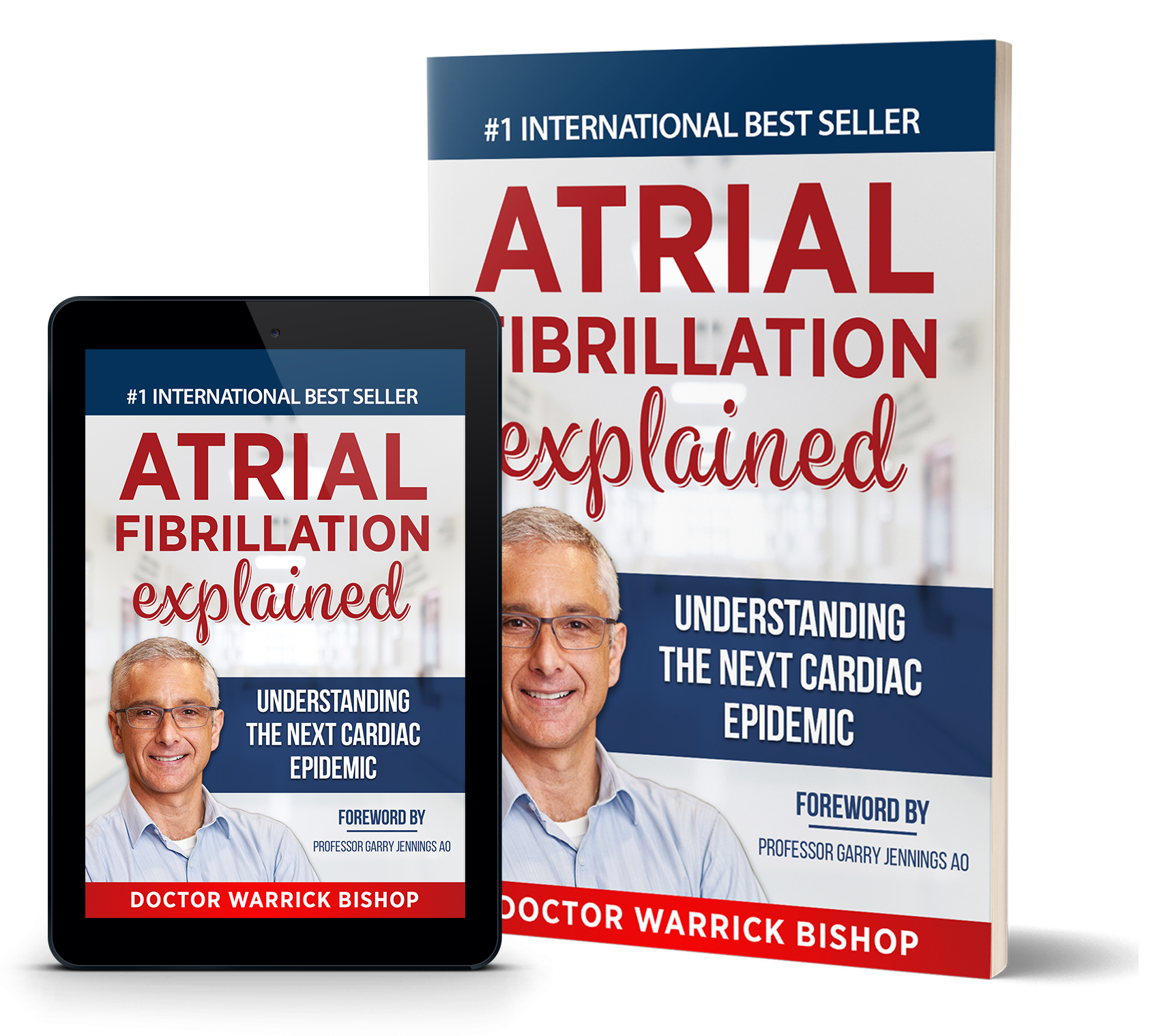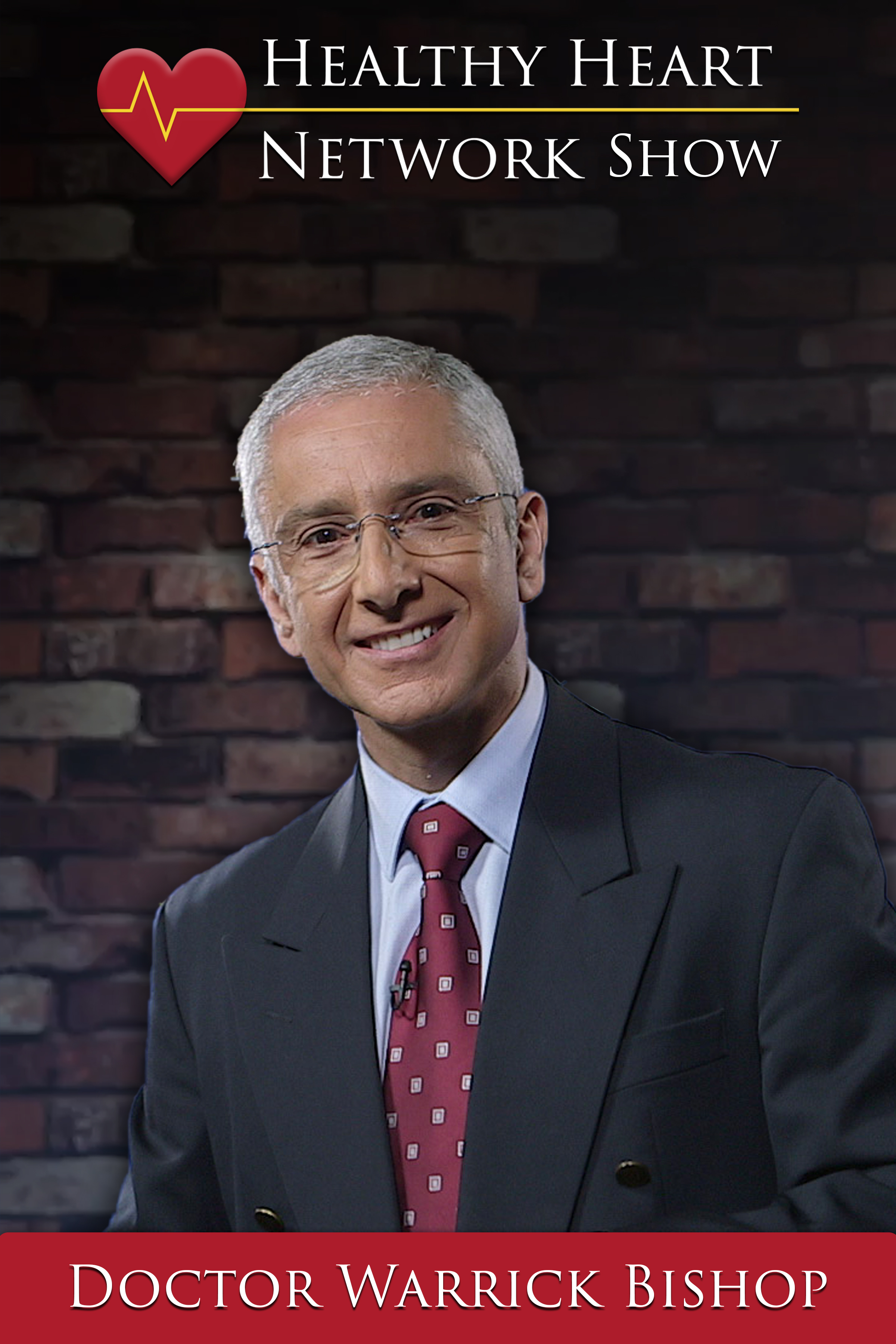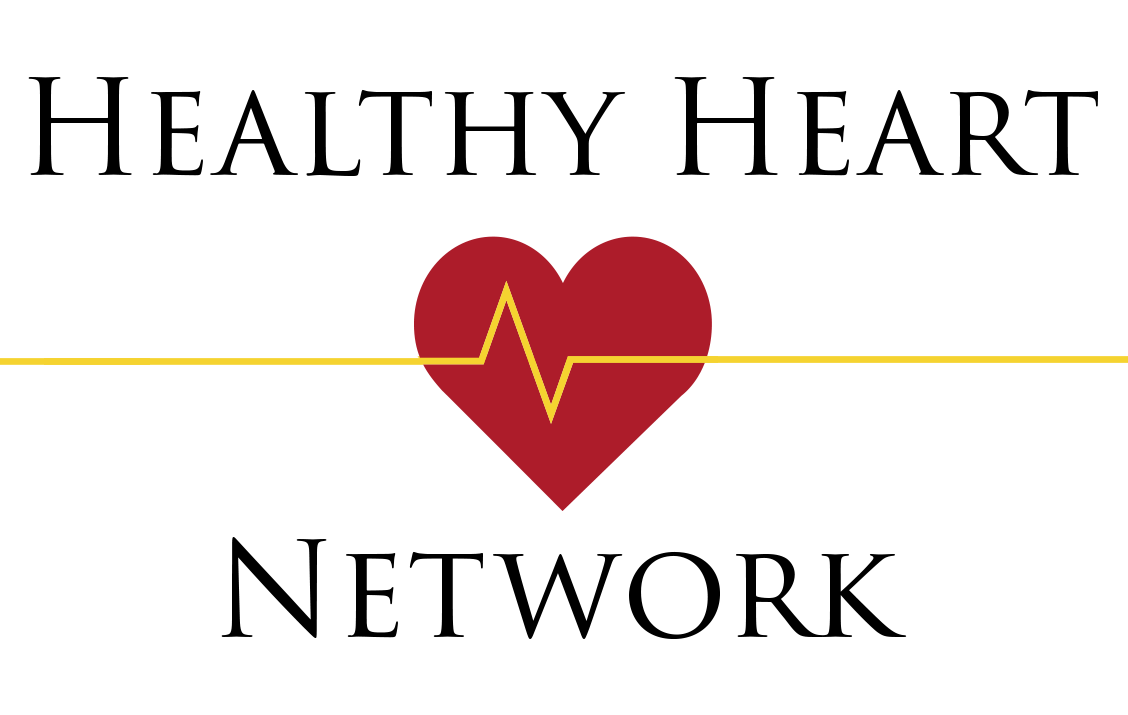Overview of the book: The challenging question above is the title of a book by Dr Warrick Bishop, who is an Australian cardiologist. In fact the book is about how you could PLAN NOT to have a heart attack. Dr Bishop begins by telling about an occasion in 2005, when he was driving to work on a Saturday, and saw a commotion among people in a fun run. A 52-year-old man had suffered a heart attack, and some other runners (including a GP), as well as ambulance officers, were attending to him. Dr Bishop joined in. The patient was taken to hospital, and given a stent. The doctor says that two years previously, he had given the man a stress test, and had assured him that everything was OK. This incident pointed out the limitations of traditional methods for assessing risk of heart attacks. The book describes the factors that are taken into account when calculating risk of a major adverse coronary event (MACE). People are considered low-risk if they have less than 10% risk of an adverse event in the next 10 years; medium-risk if their risk is 10-20%; and high-risk if their risk of an adverse event in the next 10 years is over 20%. Factors used in the risk calculator are sex, age, systolic blood pressure, cholesterol readings, and whether the person is a smoker, diabetic, and/or has enlarged left-ventricle muscle. The calculation is based on population studies, and the extent to which an individual’s personal risks are taken into account is not precise. Within the low-risk group are some people who have a 100% risk of an adverse event (which can be sudden death!), and many in the high-risk group would not have an event. The book includes several case studies. In some cases the risk calculator said they were low-risk, but the actual state of their arteries was high-risk. In other case studies, the calculator said they were high-risk, but their arteries were very healthy. If a person has a heart attack, they might be given stent(s) or bypass. They are also likely to be offered treatment to reduce the chance of a second event (secondary prevention). This can include use of cholesterol-lowering and blood-thinning drugs, and lifestyle changes. How could we identify the individuals who are at very high risk, before they have an adverse event? Dr Bishop advocates the use of computerised tomography (CT, also known as CAT scanning) to assess the amount of calcified plaque in a person’s coronary arteries. This is non-invasive, and would give a better indication of the person’s health than the stress-testing traditionally used. Stress testing only indicates a problem late in the process of plaque build-up in the arteries; tomography can identify problems at an earlier stage. Often stress testing is used as a screening tool, but he says that tomography would be far more effective. If a simple CT scan shows there are problems, further testing can be done by injecting dye into the blood to give an angiogram. The traditional angiogram, which is done by pushing a probe along arteries to the heart, is more invasive. It also carries some risk of adverse events (even death!). CT angiograms are much safer because the only invasive part of the procedure is the injection of dye. The CT angiograms, combined with the CD scan showing calcium-based plaque, allow the presence of plaque based on cholesterol, which for some patients is more risky. The imaging also allows the cardiologist to assess how risky particular deposits are. One issue with CT scans is that they use a series of x-rays, and excessive exposure to x-rays and similar radiation is a risk for cancer. Dr Bishop says that with modern CT equipment, the total radiation is about 4 millisieverts, which is not a significant risk. We are always being exposed to a low level of background radiation, and without x-rays or other specific exposures, we’ll get around 3 to 5 mSv a year. Flying a return trip to London would give an exposure of about 4 mSv. One of the problems with such testing is that if a person is classified as low-risk using the traditional calculations, but a scan shows that they personally are at a very high risk, their medication wouldn’t qualify for government subsidies. Many cholesterol-lowering medications are relatively cheap, so this is more of an issue for people on pensioner concessions. Another problem is that the testing itself doesn’t qualify for Medicare subsidies, so the patient has to pay the cost. He estimates the cost as about $300 for a coronary CT scan, and about $700 for coronary CT angiogram. Review: The book gives a lot of information about the operation of the heart and the coronary arteries, written for people who aren’t doctors. The back cover calls it “The book that everyone should read.” However, my view is that a person would need a reasonable level of education to understand it well. Medical terminology and abbreviations are mostly (but not always) explained, and there is a glossary which explains many of the terms used. However, there is no index, which I found to be a shortcoming. Often I had to do quite a bit of searching to find something from an earlier part of the book. It is well illustrated, with some cartoons as well as drawings and scan images; and there are lists of important points at the end of chapters. There are three appendices at the back which are particularly for doctors; two of them are reprints of journal articles by Dr Bishop. In the main part of the book he also has some notes for doctors, saying that reports need to be easily understood by referring doctors, and not just by doctors within a sub-specialty. The book is mostly about promoting the use of CT scanning to assess the coronary risk for an individual patient. He makes a good argument for using such scanning rather than relying on traditional risk calculations for population groups. I’m not in a position to judge whether CT scanning is the best way to make such an individual assessment. At the end of the book he says: “This book is the beginning of a conversation, in which you are invited to participate.” It would be an excellent resource for a conversation with your doctor about assessing the health of your coronary arteries, to help you plan not to have a heart attack. I learnt a lot from reading the book, and if my cardiologist raised the subject of my coronary arteries, I’d have a different range of discussion points compared with the points I would have raised if I’d never read it. How to get the book: If you want to get the book, it is available from several online bookshops, as well as from the author. Two online bookshops which I use both had it listed at a higher price than from the author. For people who use electronic book-readers, there is also an E-Book version. From the author, the cost of a printed book is $34.99, with free postage within Australia. The E-Book version is $19.99. Do an Internet search on “Dr Warrick Bishop” to find the website.

Comments are closed


